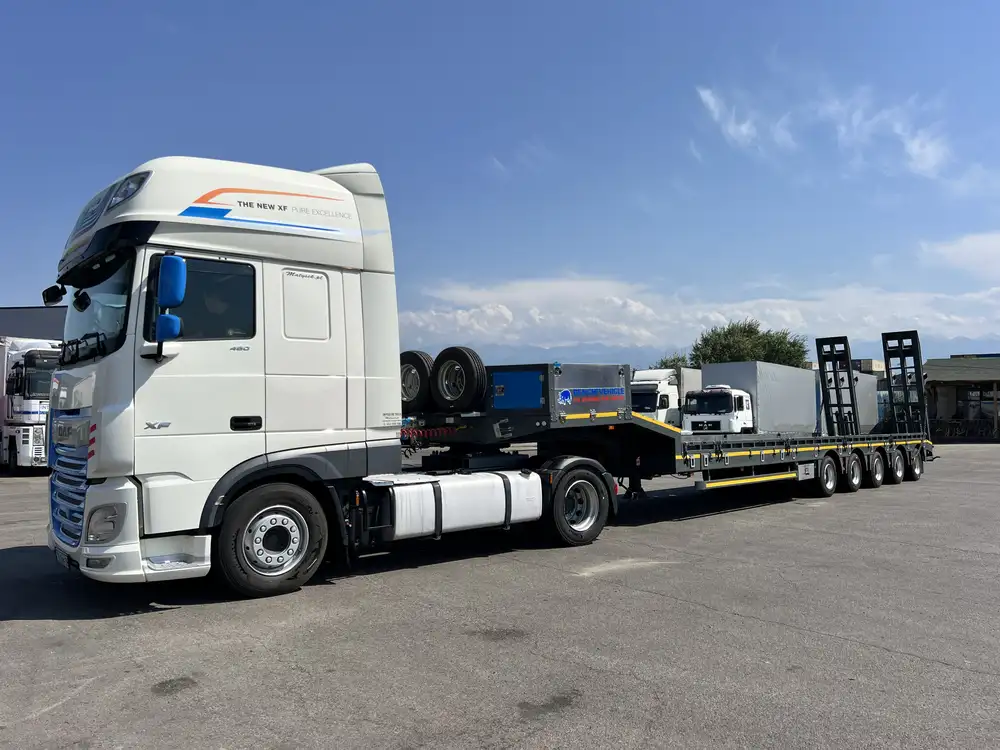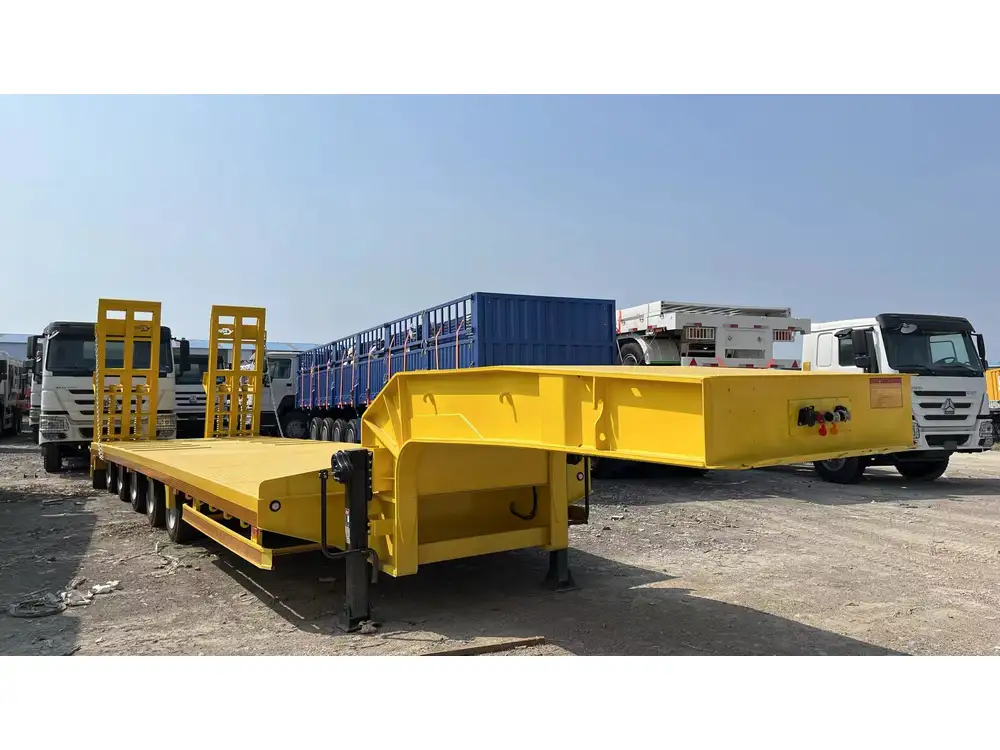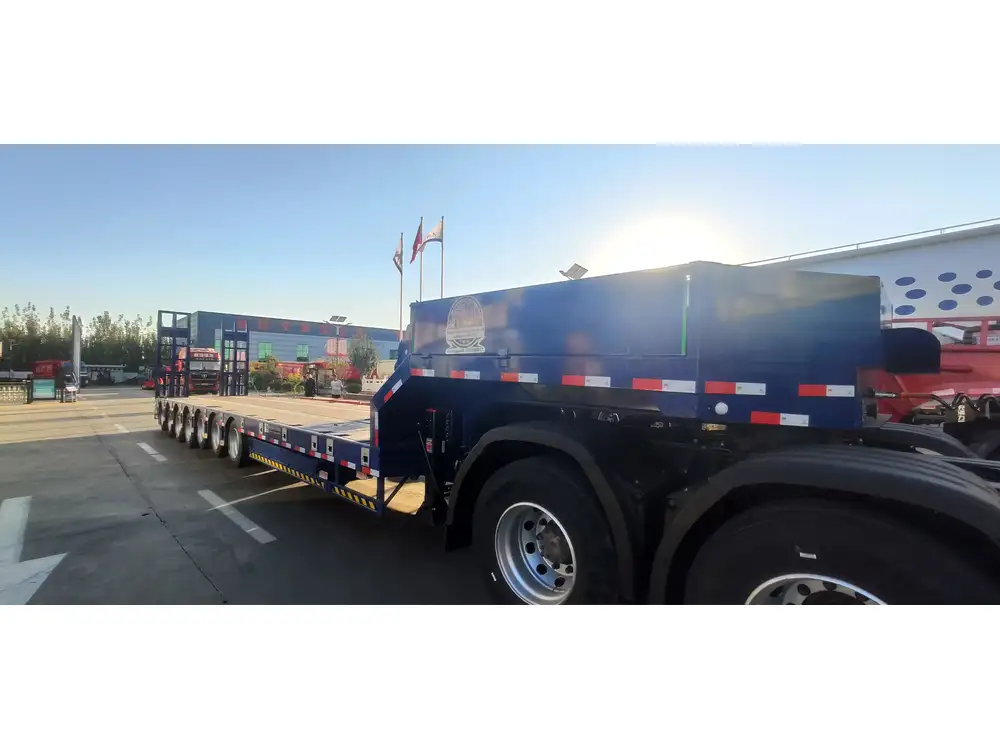Changing a brake chamber on your semi-trailer is crucial for maintaining optimal braking performance. This essential component ensures that your vehicle operates safely and effectively. In this guide, we will delve into the process step-by-step, providing you with detailed insights, tips, and methods to execute the procedure smoothly.
Understanding the Brake Chamber
What is a Brake Chamber?
A brake chamber is a vital part of a semi-trailer’s air brake system. It converts air pressure from the braking system into mechanical force, enabling the brake shoes to contact the brake drum, thereby slowing down or stopping the vehicle.

Types of Brake Chambers
Brake chambers come in various configurations and sizes, primarily classified as:
| Type | Description |
|---|---|
| Single Diaphragm | Common in lighter applications, these chambers use one diaphragm for moderate braking force. |
| Dual Diaphragm | Designed for heavy-duty vehicles, offering enhanced braking power by using two diaphragms. |
Understanding which type of brake chamber your semi-trailer utilizes is crucial before commencing with the replacement process.
Signs of a Failing Brake Chamber
Being aware of the warning signs of a failing brake chamber can save your vehicle from extensive damage and ensure safety on the road. Key indicators include:
- Air Leaks: Continuous hissing sounds when the brakes are applied can signify a leak.
- Reduced Braking Efficiency: If the vehicle takes longer to stop, it may indicate a malfunctioning brake chamber.
- Visible Damage: Cracks, rust, or corrosion on the brake chamber can affect its performance.
- Increased Travel Distance: Noticing that the brake pedal travels further down before engaging may suggest an issue.
If any of these signs are present, it’s crucial to replace the brake chamber immediately.
Tools and Materials Required
Before diving into the hands-on procedure, ensure you have the following tools and materials:
| Tool/Material | Purpose |
|---|---|
| Wrenches (various sizes) | For loosening and tightening nuts and bolts. |
| Pliers | To remove clips and pneumatic lines securely. |
| Torque Wrench | For ensuring bolts are tightened to manufacturer specifications. |
| Brake Chamber Replacement Part | To replace the defective chamber. |
| Brake Cleaner | For cleaning any brake dust or debris. |
| Safety Goggles and Gloves | To protect yourself during the procedure. |
| Grease | For lubricating any moving parts as needed. |
Having these tools handy will streamline the replacement process and enhance safety.

Step-by-Step Guide to Changing a Brake Chamber
Step 1: Safety Precautions
Before starting any maintenance work, prioritize safety. Ensure the vehicle is parked on level ground, engage the parking brake, and chock the wheels to prevent any movement. Wear safety glasses and gloves to protect against potential hazards.
Step 2: Remove the Old Brake Chamber
Locate the Brake Chamber: Typically mounted on the axle of your semi-trailer, ensure you can access it without obstruction.
Disconnect the Air Lines: Using your pliers, carefully remove any retaining clips securing the airline to the brake chamber. Gently pull the airline free from the chamber, allowing any residual air to escape.
Unbolt the Brake Chamber: Utilizing the appropriate wrench, loosen and remove the bolts securing the brake chamber to the mounting bracket. It may be helpful to support the chamber slightly as you remove the last bolt to prevent it from falling.
Remove the Old Chamber: Carefully detach the chamber from the axle housing, ensuring no residual debris enters the system.

Step 3: Prepare the New Brake Chamber
Inspect the New Chamber: Before installation, examine the new brake chamber for any visible damage or defects.
Clean the Mounting Area: Use brake cleaner to thoroughly clean the mounting area on the axle, ensuring the surface is free from dirt or old grease.
Apply Grease: A light application of grease can be made around the mounting surface of the new brake chamber to ease installation.
Step 4: Install the New Brake Chamber
Position the New Chamber: Align the new brake chamber with the mounting bracket, ensuring the air intake port is properly oriented (typically facing inward towards the vehicle).
Bolt It in Place: Secure the chamber using the bolts removed earlier. Tighten them in a crisscross pattern to ensure even pressure distribution across the chamber. A torque wrench should be used to tighten them to the specifications indicated by the manufacturer.
Reconnect the Air Lines: Reattach the air lines to the new brake chamber. Ensure that the connection is tight and secure; use fresh clips if necessary to avoid leaks.
Step 5: Test the Brake System
Recheck Connections: Before applying any pneumatic pressure to the system, double-check all connections to ensure they are tight and secure.
Build Air Pressure: Start the engine and allow the air system to build pressure. Listen for any air leaks around the newly installed brake chamber.
Test the Brakes: Before hitting the road, conduct a thorough brake test in a safe environment. Gradually apply the brakes to ensure they engage effectively without any unusual sounds or behaviors.

Step 6: Final Inspection
After confirming everything is working correctly:
- Inspect for leaks one last time.
- Ensure that all tools have been removed from the work area.
- Check the overall integrity of the brake system, including the other chambers, brake shoes, and drums.
Maintenance Tips for Brake Chambers
Forking out money on brake chamber replacements can be avoided with proper maintenance. Here are some pointers:
- Regular Inspections: Schedule routine inspections to catch potential issues early.
- Check for Air Leaks: Routinely inspect all air lines and fittings.
- Keep the Area Clean: Ensure that the brake chamber and surrounding areas are free from excessive dirt and debris.
- Monitor Brake Performance: Pay attention to any changes in brake responsiveness or sound and address them promptly.
Conclusion
The ability to replace a brake chamber on your semi-trailer is not only a cost-effective skill but is also pivotal in ensuring safe and reliable transportation. By following the step-by-step guide outlined above, you can achieve a successful replacement and maintain optimal vehicle performance. Remember, regular maintenance and vigilance can prevent major issues and keep you safely rolling on the road.

Frequently Asked Questions
How Often Should I Change My Brake Chambers?
Brake chambers should last for years, but it’s advisable to check them regularly. If you notice any performance issues, inspect them immediately.
What Tools are Essential for This Process?
Having a good set of wrenches, pliers, a torque wrench, and safety gear is crucial for an efficient and safe replacement.

Can I Replace a Brake Chamber Myself?
Yes, with the right tools and safety precautions, you can effectively replace a brake chamber without needing professional assistance.
By following these detailed guidelines, you’ll ensure that your semi-trailer’s brake system functions optimally, providing a safer driving experience.



